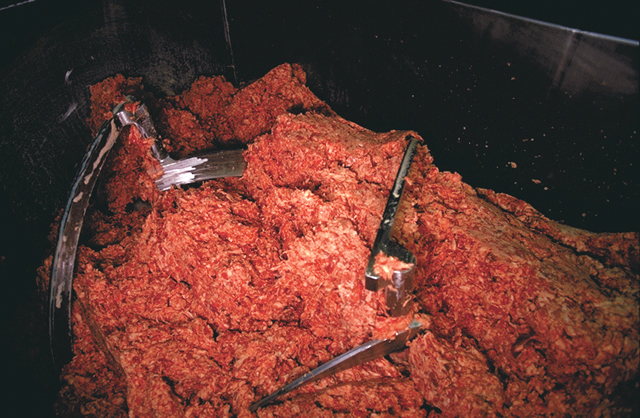Just back from a trip to Washington DC I enjoyed great weather and beautiful scenery and exhibits. I really had a great time there and part of the fun was exploring the food in a different location. As you all know I love food and I love to eat.
I find it incomprehensible that some people like to travel to other places and then eat at the same chain restaurants. I have a friend from England who likes to vacation in Spain. She sometimes tells me about her countrymen who travel to Spain but want their usual English breakfast, mushy peas, and biscuits when traveling. I think part of the excitement of traveling is experiencing new things and that does include restaurants and foodie places.
In order of appearance these are the foodie things that I saw and/or ate:
Georgetown Cupcake - wandering over to Georgetown the first night there my husband and I saw the bakery featured on the TLC program
DC Cupcakes. The store was going full steam and people were lined up on both sides of the street. I was stunned to see so many people patiently waiting for their little pink boxes full of cupcakes. And the people behind the counter were certainly hustling and bustling along.
I have to say the cupcakes certainly looked delicious and people seemed to enjoy them. It made me wonder if a gluten free cupcakery would do as well.
Right across the street was
Dean&Deluca. I am a sucker for high end grocery stores. I love to wander the aisles enjoying the variety and selection even if what is available is sometimes beyond my normal grocery budget.
Even though I wasn't hungry I was certainly inspired by some of the arrangements and ingredients they had on hand and made notes to myself of experiments to try in the kitchen when I returned.
I was surprised to see that they have a number of locations as I typically think of them as a New York City store.
We decided to stop for a nightcap before we headed back to the hotel for the evening. Wandering around the Dupont Circle area we happened upon a charming little place called Bistrot du Coin.
He got a Belgian beer on tap and I had a sweet little drink called a Bisou de Paris. A combination of champagne, Cointreau, and a little raspberry syrup. Sweet, bubbly, tangy, and flavorful it was a nice way to end the evening. Sitting in the Bistrot, at the bar, we enjoyed chatting with the bartender.


The next day we headed over toward the Mall area of DC. When it was lunchtime we decided to try out one of the many food trucks in the area. The hardest part was trying to figure out which one. It was lunchtime in a busy metropolitan city in a business district. There were a LOT of food trucks. We ultimately decided to go for Tasty Kabob. They must be pretty popular because the line was fairly long. I got the lamb which was delicious. The yogurt sauce on the lamb which was also used as a salad dressing was delicious. My only issue was the rice-a-roni used instead of regular rice. I still find myself a little bemused at the shift that food trucks have gone through. Remembering when I was a child how we called them "roach coaches" and NO ONE I knew would ever eat at one. Now they're just as, if not more, popular than regular restaurants and have huge online followings. More, I suspect, than restaurants do.
For dinner we met up with friends and went to
Busboys and Poets a very fun restaurant with a lot of atmosphere and an amazing bookstore. I was so busy enjoying the company of my husband and our friends that I forgot to take pictures of the food but I assure you it was all delicious!
The next day, our last one in town, we had a quick lunch at
Zorba's Cafe. Lots of garlic in the food which was delicious but probably not too great for the person sitting next to me on the metro and then the airplane ride home.
It was a fast casual restaurant, one of the ones where you pay up front and then call your number so you can bring your food to your table. I've noticed a growing number of these restaurants, I guess it saves on waitstaff. Doesn't change the quality of the food, which was delicious, or the decor, which was cute, and the prices were certainly reasonable.
It was a good trip. We walked for miles all over town seeing cherry blossoms, monuments, historic sights, museums, and enjoying the glorious weather.
It goes without saying that these are my experiences, I am not shilling for any of these foodie places, I did not receive any commission or free food. I make no guarantees that you will like it as much as we did. I just wanted to share what and where I ate. I encourage you, when you are traveling, to seek out new experiences and new adventures in food. Think outside the box of chain restaurants and eat somewhere you may never eat again.


















